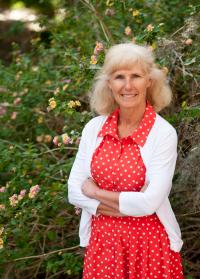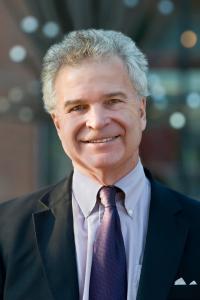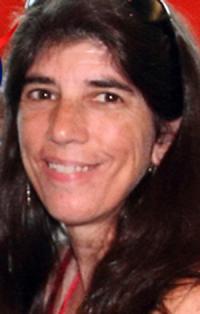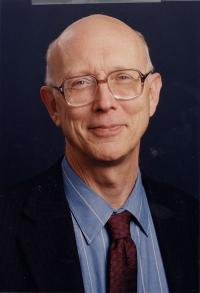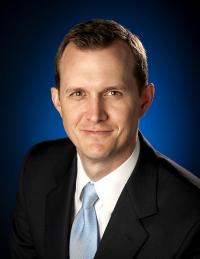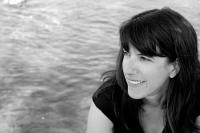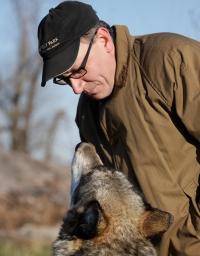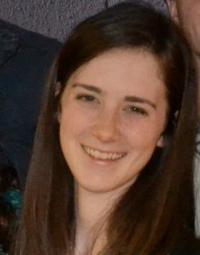Doug Soltis
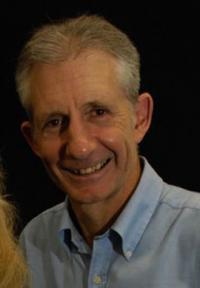
Distinguished professor, Department of Biology, University of Florida
Douglas Soltis came to the University of Florida from Washington State in 2000. He is a former president of the Botanical Society of America, winner of their Centennial Award and author with Pam Soltis of Phylogeny and Evolution of Angiosperms. His interests include genome doubling (polyploidy), floral evolution, building the tree of life and angiosperm diversification. He has reconstructed relationships among major lineages of flowering plants and, with others, proposed a new classification for angiosperms. These new classifications represent the most dramatic changes in angiosperm relationships in over 100 years. Soltis’ framework formed the basis for two projects using genomic tools to address a fundamental problem: the origin of the flower. Soltis is part of a recently funded effort to build a first-draft tree of life for all of the 1.8 million species on Earth. The first draft of this tree will be available in the fall of 2013.
Speaking:
-
Monday, November 4th, 3:45 pm to 4:30 pm

